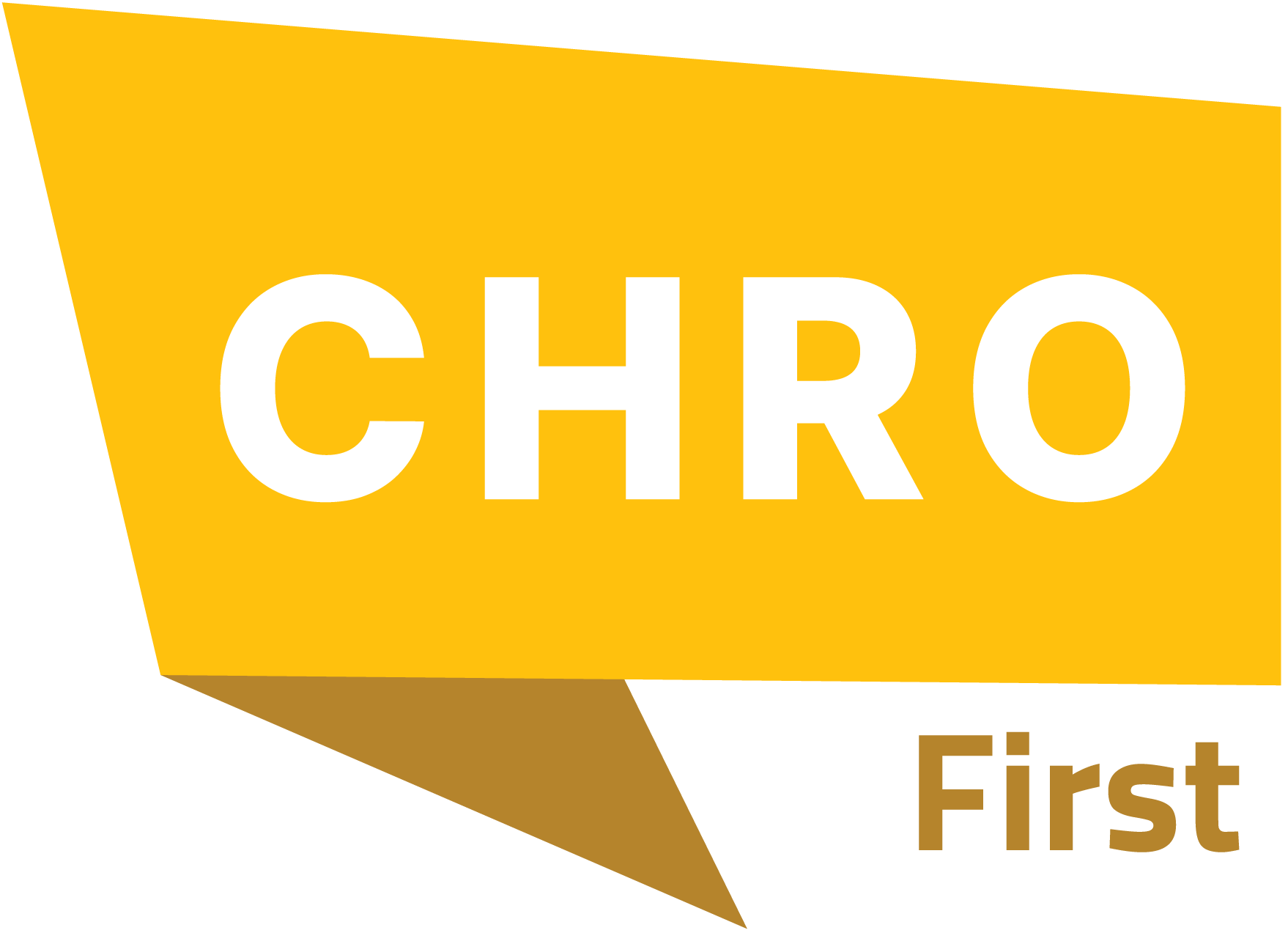Nayya, the AI-powered benefits optimization platform, released its 2025 Benefits Value Gap Report, exposing a hard truth for HR leaders and company executives: the $3 trillion employers spend annually on benefits is being drained by a system built on broken incentives and obsolete design. In fact, without modernizing the entire process, that investment may be doing more harm than good.
According to Nayya’s survey of 500 benefits-eligible employees, just one in ten understands the true value of their benefits. 70% of employees stick with the same benefits year after year, even after major life changes like new diagnoses or salary shifts—leaving valuable savings and protection on the table. Many don’t view health benefits as part of their compensation at all. This disconnect isn’t just inefficient—it’s dangerous. It leaves employees financially exposed, drives up employer costs, and undermines the intended value of the benefits system itself.
“If employees can’t use or understand their benefits, why offer them at all?” asked Sina Chehrazi, founder and CEO, Nayya. “It’s not just a communication problem—it’s a systemic failure. Employers are pouring billions into plans that employees ignore, misuse, or don’t even realize exist. We need a radical rethink of the system—and that starts with smarter, AI-native solutions that treat employees like consumers, not paperwork processors.”
The U.S. benefits system is buckling under the weight of inefficiency, waste, and misaligned incentives. While employers pour more than $3 trillion into benefits each year, a staggering 74% of employees don’t understand what those benefits are worth—leading to billions in lost value. Prescription drugs alone are driving a projected 9–11% spike in benefits costs this year. Pharmacy benefit managers, originally designed to lower those costs, are now inflating them by as much as 30% through opaque rebate schemes and contracts too complex for most employers to audit. Without AI-powered support, employers overpay for benefits and spend 70-90% more administrative time than necessary fixing preventable errors.
Meanwhile, voluntary offerings like accident, hospital indemnity, and legal plans see utilization rates below 30%, creating a vacuum where paycheck dollars quietly shift from employees to benefit provider bottom lines. Administrative waste adds another layer, with industry estimates suggesting employers spend between $50 and $70 per employee per month just to manage enrollment and administration. In the absence of smarter tools and clearer communication, the system continues to bleed value.
Also Read: Aerotek’s Latest Job Seeker Survey Finds Job Security Rivaling Pay as a Motivating Factor
“We’re past the point where offering benefits alone is enough,” said Sarah Liebel, President and COO, Nayya. “The system is bloated, broken, and confusing by design. But it doesn’t have to be this way. With intelligent guidance and personalization, benefits can finally do what they were always meant to do: help people make better decisions, reduce financial stress, and live healthier lives. We are not just plugging gaps. We are building the future of benefits from the ground up.”
Nayya’s data confirms what employees have long felt but couldn’t articulate: the system isn’t serving them. Across all income levels and life stages, workers are overwhelmed by complexity and under-supported at the moments they need it most.
The result is billions of dollars wasted, growing financial stress, and missed opportunities for employers to drive engagement, loyalty, and ROI:
- Employers are spending an average of $16,501 per employee on health benefits—yet one in four employees believes those benefits are worth just $1,000 or less. Only 10% of workers accurately understand the value of what they’re being given. This staggering perception gap means billions in employer investment are flying completely under the radar.
- Only 30% of employees make changes to their benefits each year, though most simply adjust existing coverage. Of that 30%, only 14% actively seek new benefits options. The result? Outdated coverage, missed tax savings, and thousands in lost financial protection- just because people don’t know what to look for, or when to act.
- Nearly half of employees can’t confidently explain core benefits like HSAs, FSAs, or even their own health insurance. Forty percent don’t see benefits as part of their compensation at all, meaning employers are spending heavily on programs their people don’t recognize as valuable or relevant.
To fix this broken system, employers must rethink how benefits are delivered—focusing on personalization, guidance, and clarity. Nayya’s AI-powered platform helps close this gap by delivering personalized, data-driven benefits experiences that improve understanding, drive utilization, and reduce waste. With over 1,000% user growth in the past three years and more than 2 million lives served, Nayya is helping employers reimagine how benefits can actually work.
SOURCE: PRNEWSWIRE

